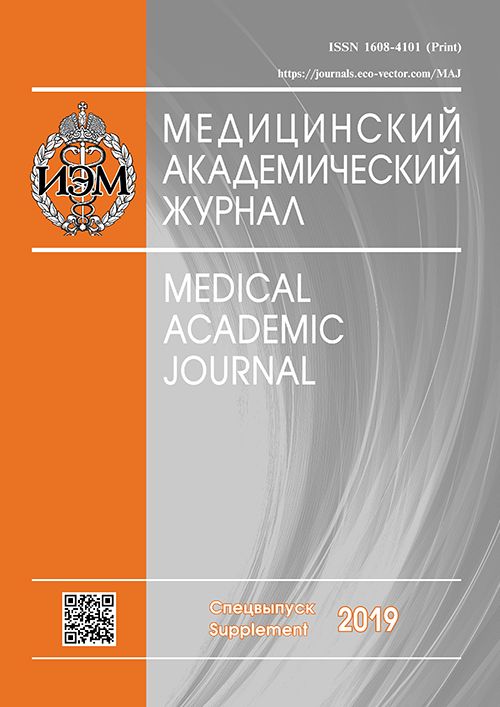LIPOPOLYSACCHARIDE-INDUCED IMMUNOLOGICAL STRESS AT EARLY STAGES OF PREGNANCY AFFECTS THE DEVELOPMENT OF GONADOTROPIN RELEASING-HORMONE (GNRH)-PRODUCING SYSTEM
- Authors: Ignatiuk VM1, Izvolskaia MS1
-
Affiliations:
- Koltzov Institute of Developmental Biology, Russian Academy of Science
- Issue: Vol 19, No 1S (2019)
- Pages: 24-26
- Section: Articles
- Published: 15.12.2019
- URL: https://journals.eco-vector.com/MAJ/article/view/19305
- ID: 19305
Cite item
Abstract
The aim of the present work was to study the development of afferent bonds between GnRH- and monoaminergic neurons in rat fetuses and to identify possible targets affected by LPS-induced inflammation. The innervation was analyzed using retrograde tracing method with DiI dye. At ED17 and ED21 olfactory bulbs (the area of GnRH migration) are innervated with monoaminergic neurons of septum and in lateral hypothalamus. The GnRH- and monoaminergic neuron interaction zones are sensitive to LPS (E. coli) prenatal exposure, which induces pro-inflammatory cytokine synthesis. We suppose that the olfactory bulbs of fetal forebrain can be a possible area of cytokine influence on GnRH- and monoaminergic neuron interaction.
Full Text
About the authors
V M Ignatiuk
Koltzov Institute of Developmental Biology, Russian Academy of Science
M S Izvolskaia
Koltzov Institute of Developmental Biology, Russian Academy of Science
References
- Wang S, Yan JY, Lo YK, et al. Dopaminergic and serotoninergic deficiencies in young adult rats prenatally exposed to the bacterial lipopolysaccharide. Brain Res. 2009;1265:196-204.
- Zakharova L. Perinatal stress in brain programming and pathogenesis of psychoneurological disorders. Biology Bulletin. 2015;42(1):12-20.
- Girgis RR, Kumar SS, Brown AS. The cytokine model of schizophrenia: emerging therapeutic strategies. Biol. Psychiatry. 2014;75:292-299.
- Sharova VS, Izvolskaia MS, Zakharova LA. Lipopolysaccharide-induced maternal inflammation affects the Gonadotropin-Releasing Hormone neuron development in fetal mice. Neuroimmunomodulation. 2015;22:222-232.
- Izvolskaia MS, Tillet Y, Sharova VS, et al. Disruptions in the hypothalamic-pituitary-gonadal axis in rat offspring following prenatal maternal exposure to lipopolysaccharide. Stress. 2016;19:198-205.
- Makarenko IG. DiI tracing of the hypothalamic projection systems during perinatal development. Front. Neuroanat. 2014;8:144.
Supplementary files







